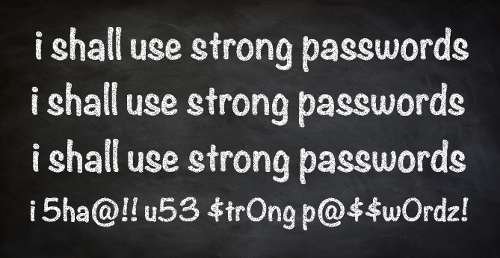
Recently, a researcher colleague at K7 Threat Control Lab faced a minor glitch in accessing his online banking account at one of India’s leading banks. This led him to explore the bank’s online banking website, and he was surprised to find that not only was the main logging information portal vulnerable to simple exploitation but the authentication process also seemed weak in certain areas.
Driven by curiosity, we experimented with the entry level data validation mechanism at the online banking websites of major banks in India to discover if their online banking services are as sound as they claim them to be. Our very basic, high-level “field trials” made us realize that both the bank’s online security methods and user practices could potentially compromise the security of the bank’s online services.
We observed a few simple logic flaws in the online security process which could present loopholes for the bad guys to exploit, thus potentially bruising the bank’s online defences. Note: These logic flaws do not involve the exploit of web application vulnerabilities such as XSS, SQL, RCE, etc.
Field Value Enumeration
A customer trying to access his account is required to submit a login form to confirm his authenticity. We noticed that most of the banking sites validated each entry of the login credentials separately. This kind of independent validation could lead to ‘Field Value Enumeration’ and could subsequently lead to attackers deliberately locking out user accounts. For example, if the account policy of a bank holds that users will be locked out after five failed login attempts, an attacker could lockout an account by deliberately sending an invalid password on five attempts for a valid username. On a large scale, mass account lockouts could amount to a ‘Denial of Service’ attack, which, if successful, would harm the reputation of the targeted banking institution.
Weak Usernames
Nearly 50% of the internet banking portals have a feeble username-strength validation process. Usernames should be unique, and ideally not be enumerable or guessable, and should never be a “Bank Client ID”, “Bank Customer ID”, “Email ID”. By setting username standards by including alphanumeric and special characters, the strength of usernames can be improved, thus making it that much more challenging for the miscreants to abuse.
Easy-to-Remember Passwords
The password is usually the critical barrier which blocks malicious intruders at entry. However, customers generally opt for passwords which are simple and easy to remember, which makes the hacker’s job a tad easier. For a sturdy password, it should be made mandatory for users to employ criteria such as uppercase, lowercase, numbers and symbols, and minimum length in their passwords as a precaution against brute-force and dictionary attacks.
Additional validation from server side
User validations are mostly coded on client side scripting languages, and are therefore easily circumvented. Additional duplicate user validation processes should ideally be implemented at the server end as well to enhance the overall user validation process.
No CAPTCHA
Almost 60% of the online banking websites lack CAPTCHA implementations. Incorporating a CAPTCHA as an additional step in the user authentication process can significantly mitigate against bots and brute-force attacks.
Mail Notification for “Authentication”
Almost all online banking services have a mail delivery process for each user transaction that occurs. However, we noticed that 60% of net banking services are not sending mail notifications on unsuccessful authentication. Such a notification can be useful for users to be apprised of any unauthorized login attempt. There is unlikely to be a bombarding of the user’s inbox with notifications given that the probability of a legitimate user repeatedly typing in the wrong username and/or password is pretty low.
In conclusion a more secure online banking service can exist by employing enhanced protection strategies and by encouraging customers to adopt good security practices for usernames and passwords, thereby protecting their medium of access to these online banking websites.
Image courtesy of halomedia.co.za.
Priyal Viroja & Archana Sangili, K7 Team
If you wish to subscribe to our blog, please add the URL provided below to your blog reader:
https://labs.k7computing.com/feed






